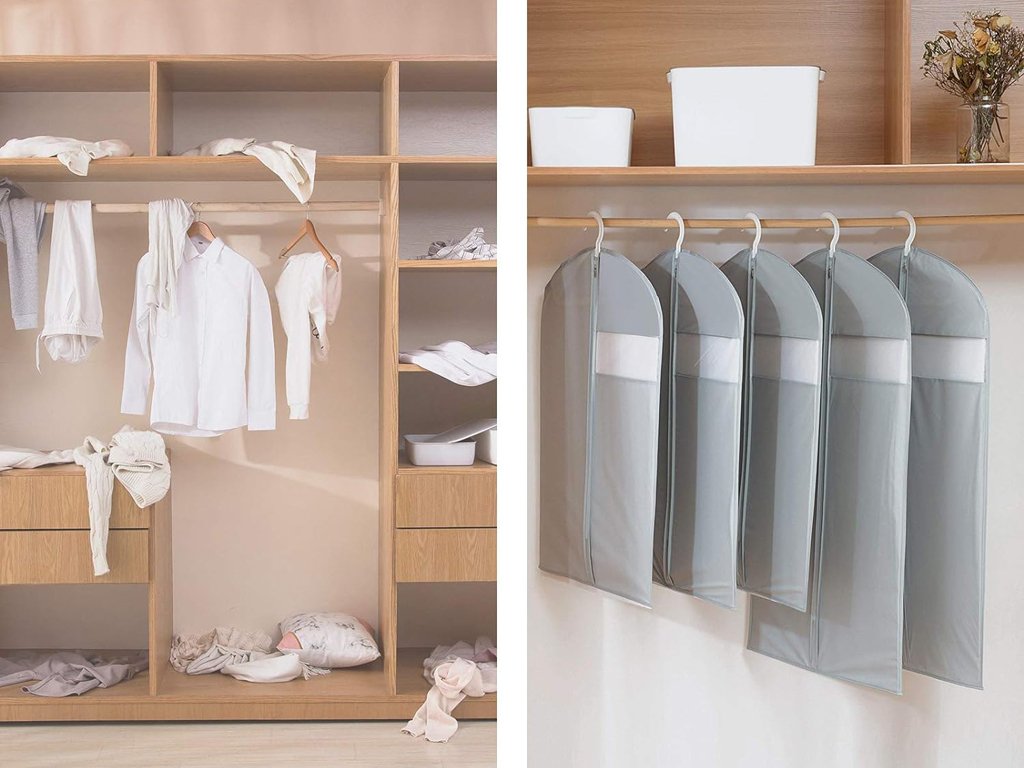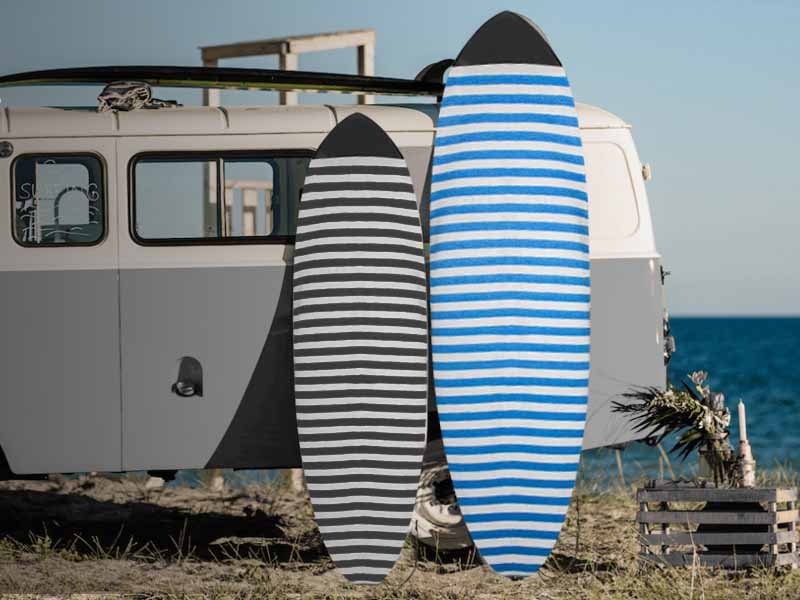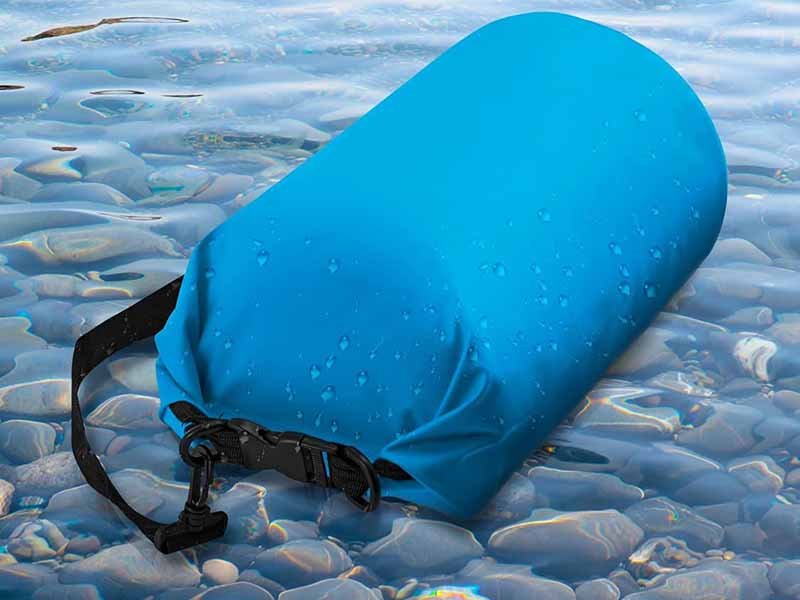Mastering the art of wardrobe organization requires more than just a closet space—it calls for specialized tools like custom hangers, compartmentalized drawers, and the ever-essential garment bags. delve into our ultimate guide to discover the intricate world of garment bags, the diverse materials from which they’re crafted, and the difference between PEVA and Cotton Fabric.
Our guide will illuminate the features that define garment bags, offering insights into the materials commonly used in their construction. You’ll learn about the unique characteristics of PEVA and cotton, two fabrics that are popular for their respective benefits in garment bags. PEVA, known for its water resistance and durability, while cotton, prized for its breathability and softness.
What is a garment bag?
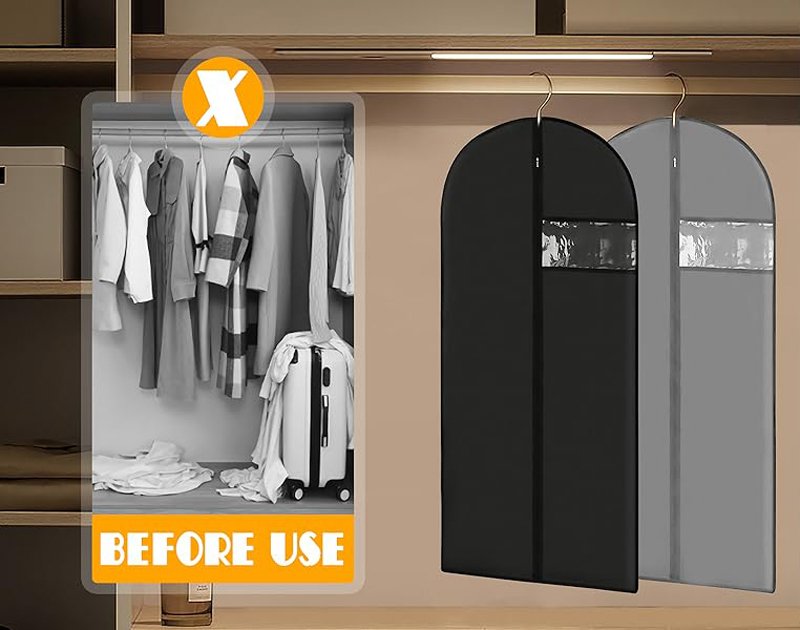
A garment bag is a zippered bag designed to hang clothes neatly, with a shape that fits over a clothing hanger at the shoulders and a square bottom to accommodate longer garments.
High-quality garment bags typically feature:
- Breathable Fabrics: These help keep clothes fresh by allowing air to circulate.
- Heavy-Duty Zippers: Durable zippers ensure the bag stays securely closed.
- Machine Washable Materials: Easy to clean and maintain.
- See-Through Panels: These allow you to quickly see what’s inside without opening the bag.
- Moth-Proof Designs: Protect clothes from pests.
Because garment bags serve various purposes, they come in different types, materials, and sizes to suit different needs. Whether you’re traveling or storing seasonal clothing, there’s a garment bag designed to keep your clothes in top condition.
What are garment bags made of?

Travel garment bags are often crafted from more robust materials like leather, canvas, and cotton. For storage purposes, garment bags are frequently made from plastic. While plastic is a cost-effective choice, it isn’t ideal for a garment bag. Alternatives like PEVA vinyl or Tyvek, which consist of high-density polyethylene fibers, are more commonly recommended and widely available. Natural fibers like cotton or muslin are excellent options because they are breathable, durable, and provide protection against water, dust, and moths.
It’s important to note that plastic and non-woven garment bags can potentially harm clothing during the summer or in humid conditions due to their lack of breathability compared to cotton or other natural materials. Therefore, choosing a material that allows your clothing to breathe is crucial for optimal protection.
Differences between PEVA and Cotton Fabric of Garment Bags

PEVA, or Polyethylene Vinyl Acetate, is a plastic material frequently used in different applications, including fabric production. It is often chosen as an eco-friendly alternative to traditional vinyl fabrics. When used in garment bags, PEVA fabric stands out in several ways compared to cotton fabric.
Material Composition
- PEVA: Composed of polyethylene and vinyl acetate, PEVA is a non-chlorinated vinyl, making it a safer and more environmentally friendly option compared to traditional PVC (Polyvinyl Chloride).
- Cotton: Derived from the cotton plant, cotton fibers are natural, organic, and biodegradable. They have been used in textiles for thousands of years.
Texture and Breathability
- PEVA Fabric: PEVA fabric typically features a smooth, somewhat glossy finish. This material is frequently used for products such as shower curtains and tablecloths due to its water-resistant properties and ease of cleaning. The smooth texture and slight shine of PEVA make it suitable for applications where a sleek appearance and functionality are desired.
- Cotton : Cotton fabric is known for its soft and breathable nature. It is a popular choice for a wide range of uses, including clothing, bed linens, and other home textiles. The fabric’s breathability and comfort make it ideal for everyday wear and various household applications, providing both comfort and practicality.
Environmental Impact
- PEVA: Considered more eco-friendly than traditional vinyl, PEVA is free from harmful chlorine and other chemicals. However, as a synthetic material, its production still involves the use of petrochemicals and contributes to plastic waste.
- Cotton: Being a natural fiber, cotton is renewable and biodegradable. However, its environmental impact can vary based on agricultural practices. Conventional cotton farming can be resource-intensive, involving high water consumption and pesticide use, while organic cotton is more sustainable but less commonly available.
Advantages of PEVA Fabric
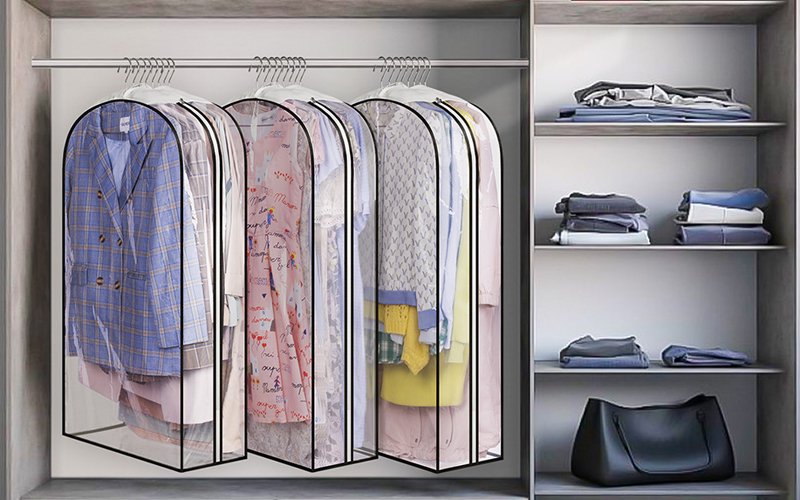
Waterproof and Moisture-Resistant: One of the key features of PEVA fabric is its natural resistance to water and moisture. This quality makes it ideal for uses where protection from water is crucial, such as in shower curtains, rain gear, and other items exposed to damp conditions.
Lightweight: PEVA is lightweight, which makes it easy to handle and transport. This is particularly useful for products like garment bags and travel accessories.
Environmentally Friendly: PEVA is often selected as a greener alternative to traditional vinyl (PVC) due to its lack of chlorine and phthalates, which are chemicals that can be harmful to health and the environment. This makes PEVA a more eco-conscious choice for various products.
Transparency: Some PEVA fabrics are clear or translucent, allowing for visibility of the contents inside without needing to open the packaging. This is useful for storage and organization.
Easy to Clean: PEVA fabric is simple to maintain, as it can be easily wiped down to remove dirt and spills. This characteristic makes it highly practical for everyday items like tablecloths and aprons that may encounter frequent messes.
Affordable: Generally, PEVA fabric is more budget-friendly compared to other materials like organic cotton or premium synthetic options. Its cost-effectiveness makes it an attractive choice for a range of applications without compromising on functionality.
Disadvantages of PEVA Fabric
Limited Breathability: Unlike natural fibers such as cotton, PEVA lacks breathability. This can result in discomfort if used in items that come into close contact with the skin, such as apparel or undergarments.
Durability: PEVA fabric may not match the durability of materials like cotton. It can be more susceptible to tearing or puncturing, particularly if subjected to rough handling or heavy use.
Plastic-Like Appearance: PEVA often has a plastic-like look, which might not be ideal for applications where a more natural or textile-like appearance is preferred, such as in high-end fashion or home decor.
Restricted Application Range: PEVA is typically used in specific items like shower curtains, tablecloths, and rain gear. It is less versatile compared to cotton, which is employed in a broader array of products including clothing, bedding, and upholstery.
Synthetic Nature: Despite being more eco-friendly than traditional vinyl, PEVA is still a synthetic material, and its environmental footprint includes the use of non-renewable resources and potential plastic pollution.
Advantages of Cotton
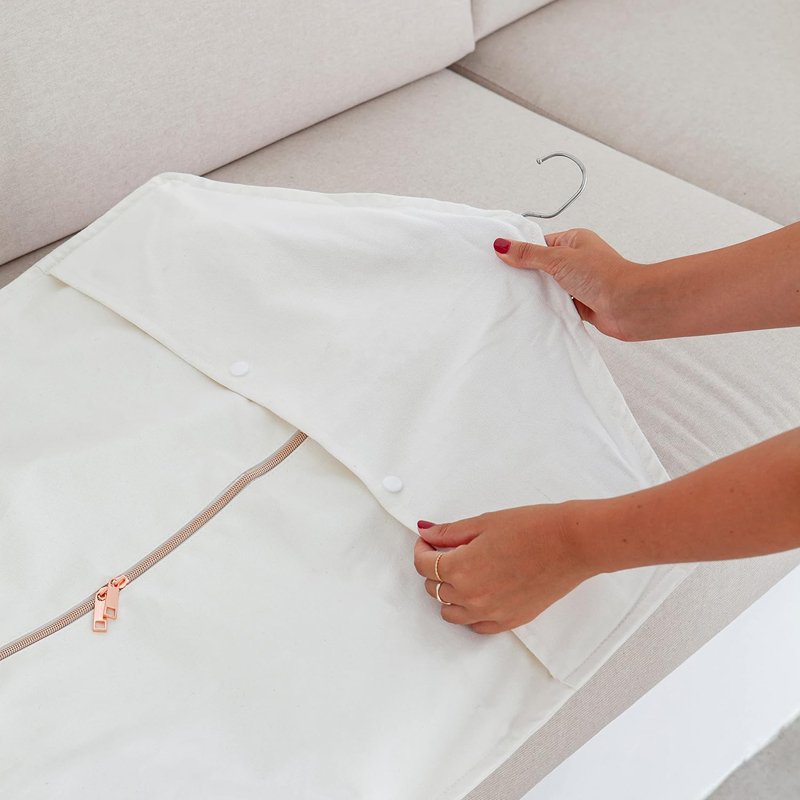
Breathability: Cotton’s natural fibers allow for excellent air circulation, which helps to maintain the freshness and dryness of stored garments.
Environmental Benefits: When sourced sustainably, cotton is a renewable and biodegradable material, offering a lower environmental impact compared to synthetics.
Softness and Flexibility: Cotton is soft to the touch and flexible, making it gentle on delicate fabrics and suitable for a wide range of clothing types.
Disadvantages of Cotton
Water Absorption: Cotton absorbs moisture easily, which can be a disadvantage in humid environments or if the bag is exposed to water.
Maintenance: Cotton garment bags may require more frequent washing and care to prevent mold, mildew, and stains.
When deciding between PEVA and cotton, evaluate the specific needs of your application, your material preferences, and any environmental concerns you may have. This will help ensure you choose the fabric that best meets your requirements.
Different types of garment bags to choose
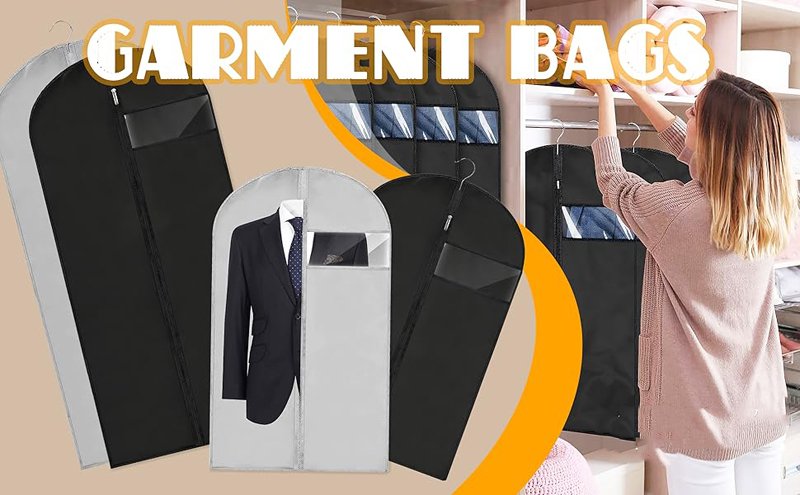
Garment bags come in a wide variety of styles and purposes. They range from those designed to keep clothes clean during transport from the dry cleaners to those meant for safeguarding garments on long flights.
Some garment bags are tailored to hold just one item, while others are built to accommodate multiple suits or jackets. Long garment bags are ideal for evening wear, providing ample space for long dresses or gowns, whereas shorter bags are more suited for items like wool coats.
Here are some common types of garment bags you might find:
- Clear Vinyl Garment Bag with Gusset: Offers visibility of contents and extra space for bulkier items.
- Thin Plastic/PEVA Garment Bag Without Gusset: Lightweight and basic, suitable for less bulky clothing.
- Wedding Gown Garment Bag: Specially designed to protect delicate wedding dresses and formal wear.
- Muslin Garment Bag: Made from breathable cotton fabric, ideal for long-term storage and protection from dust.
- Blended Canvas Garment Bag: Combines durability with a classic look, often used for regular garment transport.
- Polyester or Nylon Travel Garment Bag: Durable and water-resistant, designed for frequent travel and heavy use.
- Black Vinyl Garment Bag: A stylish and protective option, often used for formal wear.
Given the wide range of options, choosing the right garment bag can be daunting. To simplify your decision, consider the material you prefer and the specific size and type of clothing you need to store. This approach will help you narrow down the choices and find the most suitable garment bag for your needs.

